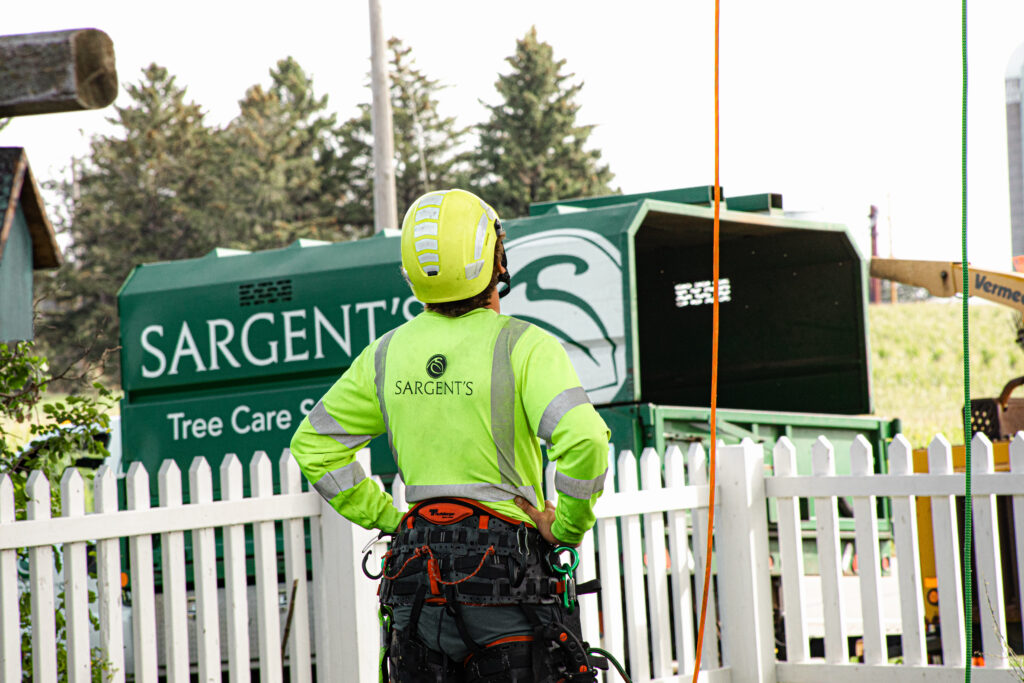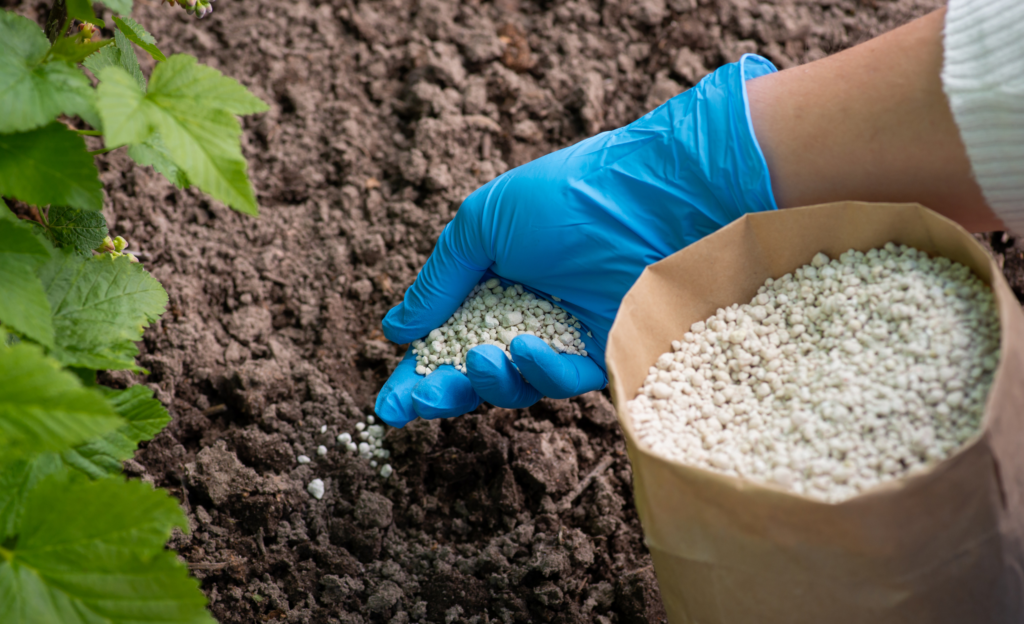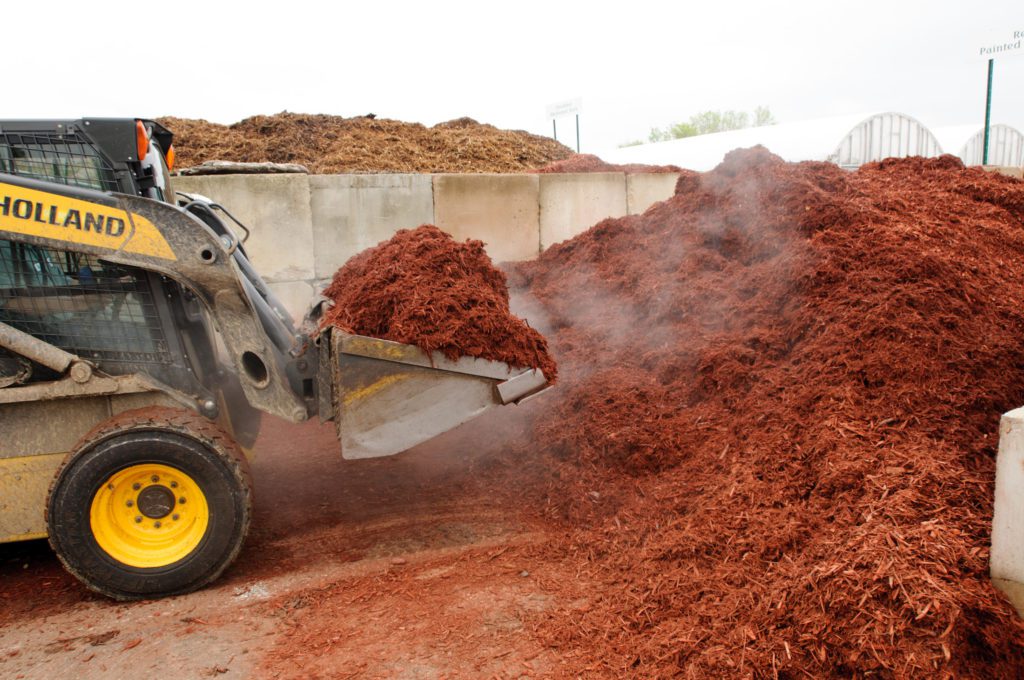When it comes to landscape design, incorporating plants serves multiple purposes. Along with providing screening and privacy, plants can infuse vibrant colors and create a haven for pollinators and other wildlife. Let’s explore how these elements can be expertly integrated, transforming your backyard into an outdoor sanctuary.
Creating Screens and Privacy
Plants possess the remarkable ability to create an intimate, secluded space within your landscape. With strategic planting, you can effectively screen your outdoor spaces from the world. Think of your outdoor space the same way you would an indoor space – you need a floor, walls, and a ceiling. There are several shrubs that can act as privacy screens and section your space into various ‘rooms’. Tall hedges like lilacs, viburnum or cotoneaster are great options for our Minnesota environment. If you’re looking for evergreen options, consider junipers or arborvitae. These can be utilized as natural barriers, bringing a touch of elegance while offering privacy all year round. Textured foliage and intentional layout can lend a sense of beauty and tranquility to your landscape, helping to enclose your personal space!
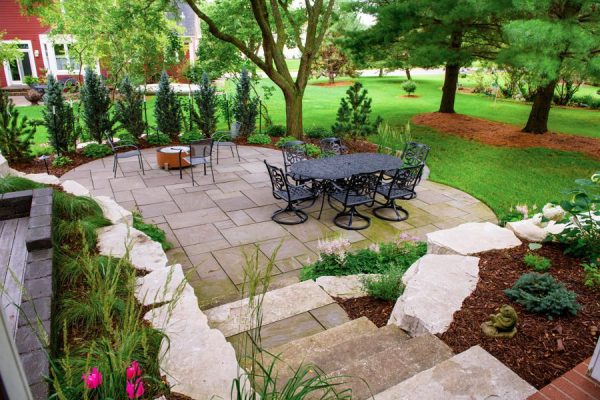
Pro Tip: If you live in an area with heavy deer presence, Juniper tends to be more deer resistant than Arborvitae.
Vibrant Colors and Aesthetic Appeal
The colors brought by plants can infuse personality and enliven any outdoor area. The colors you choose can blend the style of your home with the style of your landscaping. For year-round color, integrate an assortment of blooming flowers, shrubs, and trees. Annuals, such as Petunias, Marigolds, or Dahlias will add early, consistent color all year round. Options for perennials and shrubs include the vibrant hues of Azaleas, Roses, or Salvia. By varying height, bloom-time, and foliage type, you’ll have a welcoming, soothing space to relax and entertain all season long.
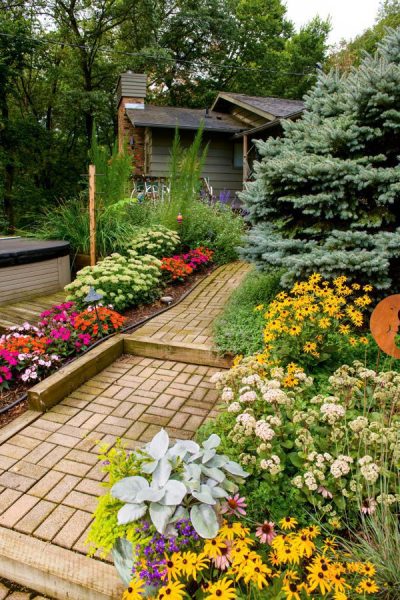
Pro Tip: The key to long-blooming annuals is regular fertilizer! Feeding your plants every week will provide the essential nutrients they need for bigger, longer-lasting blooms.
Creating a Pollinator Sanctuary
Pollinators and birds are an essential part of our daily life. They can also offer pleasing elements to any outdoor space. Invite the songs of nature into your landscape by incorporating plants that attract birds. Trees such as Red Maple, Dogwood, or Crabapple provide a safe haven for avian visitors, offering both shelter and a ready food source. Install bird feeders or birdbaths amidst these plants to encourage these delightful creatures to linger and build nests. Not only will you enjoy the lovely harmonies and the sight of colorful feathers, but you’ll also contribute to the conservation of local bird species. Bees and butterflies also add a visual aesthetic to your landscape. Some plants need pollination to bloom and set fruit. Without these helpful critters, your garden would not exist as you know it.
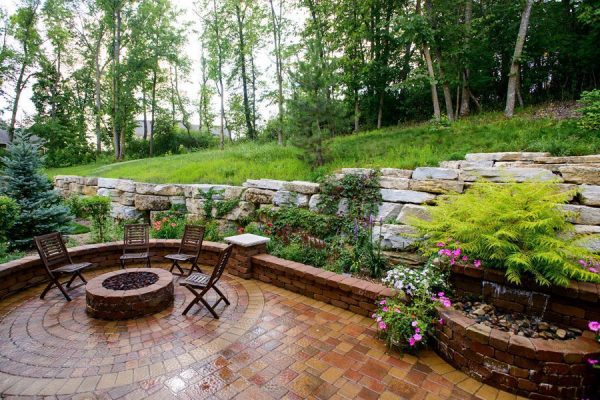
Pro Tip: Placing a few larger rocks in your bird bath or pond creates a perch for bees and butterflies to safely get a drink as well.
Incorporating plants in landscape design opens up a world of possibilities, offering privacy, vibrant colors, and a sanctuary for birds. By intentionally placing screening plants, you can ensure that your outdoor space remains an oasis of tranquility. Vibrant colors provided by blooming flowers and shrubs will breathe life into your landscape. And the joyful presence of birds and pollinators will enrich your surroundings with the sounds of nature. Employ the power of plants to transform your landscape into a place of serenity, beauty, and admiration.
As always, Sargent’s is here to help you and your landscape thrive. We specialize in achieving your landscape goals in a natural way. If you’d like to speak to a Landscape Designer, you can request a consultation online!

